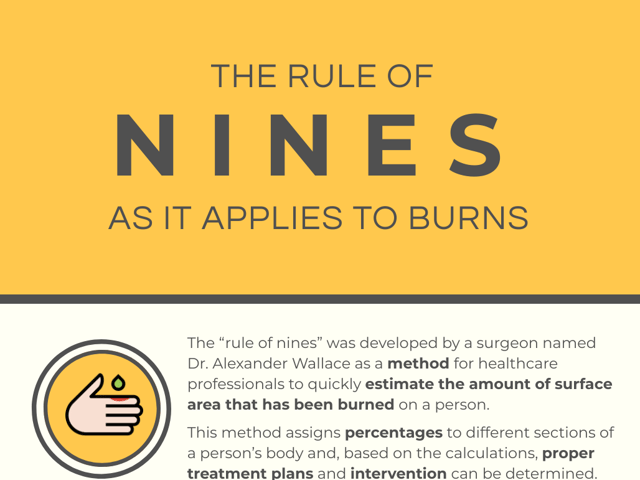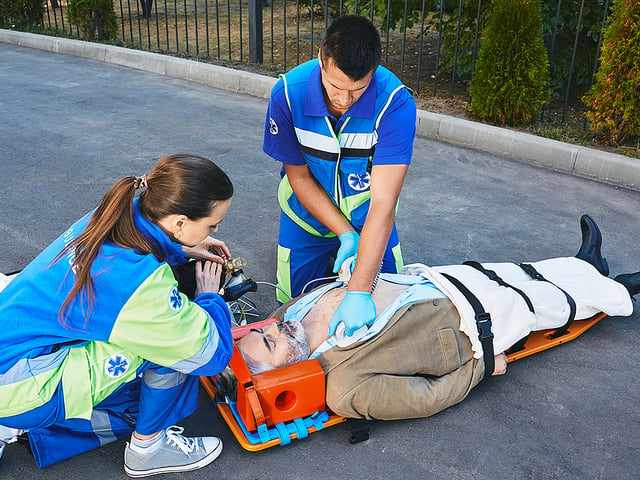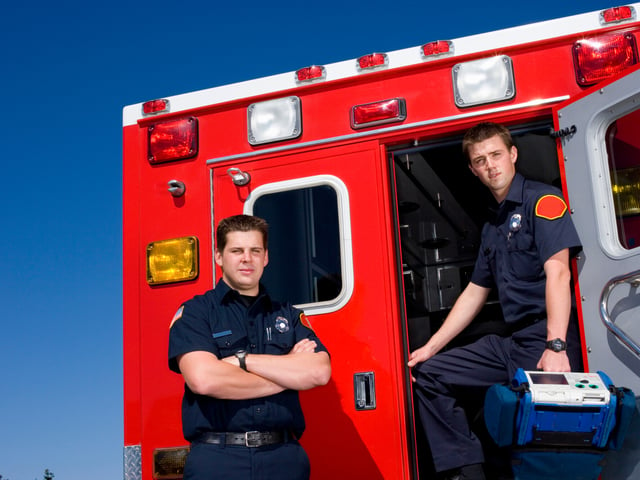
Burns and the Rule of Nines
The “rule of nines” was developed by a surgeon named Dr. Alexander Wallace as a method for healthcare professionals to quickly estimate the amount of surface area that has been burned on a person. This method assigns percentages to different sections of a person’s body and, based on the calculations, proper treatment plans and intervention can be determined.
Used for Second- and Third-Degree Burns Only
This percentage system was created to be used on patients who have experienced a second- or third-degree burn. First-degree burns are noted but not calculated using the rule of nines. Each section of a person’s body represents 9%, or multiples of 9%, which can then be calculated to determine the approximate amount of surface area burned. However, some of the percentages do not precisely follow the rule of nines or a multiple of nine, as you will see with genitalia and children’s legs.
The Rule of Nines for Adults
The rule of nines has a slightly different numbering system for adults, children, and infants due to their differing body proportions. Children and infants have smaller legs and larger heads in proportion to adults, so minor adjustments were made to the system. These are the rule of nines for adults:
| Body Part | Percentage |
|---|---|
| The arm, including the hand | 9% each |
| Front of the body (anterior) | 18% |
| Head and neck combined | 9% |
| The leg, including the feet | 18% each |
| Back of the body (posterior) | 18% |
| Genitalia | 1% |
The Rule of Nines for Infants and Children
The differences in the rule of nines for infants and children are the lower percentages given for legs and a higher percentage for the neck and head. Burns to those in this age group are considered more dangerous than burns to an adult because they have more surface area related to total body mass. Children and infants cannot tolerate burns as well as adults and will have more significant fluid and heat loss, which can quickly lead to shock. These are the percentages for a child:
| Body Part | Percentage |
|---|---|
| The arm, including the hand | 9% each |
| Front of the body (anterior) | 18% |
| Head and neck combined | 12% |
| The leg, including the feet | 16.5% each |
| Back of the body (posterior) | 18% |
| Genitalia | 1% |
And here are the percentages for an infant:
| Body Part | Percentage |
|---|---|
| The arm, including the hand | 9% each |
| Front of the body (anterior) | 18% |
| Head and neck combined | 18% |
| The leg, including the feet | 13.5% each |
| Back of the body (posterior) | 18% |
| Genitalia | 1% |
Burns Are a Serious Injury
The rule of nines gives a medical provider a quick assessment tool with which to calculate the surface area affected in a burn patient. Burns are a traumatic and painful injury, and proper treatment and definitive care in an appropriate facility are essential.

Keep Reading

Emergency Medical Technician Test Blog
How Many Questions are on the NREMT?
The National Registry of Emergency Medical Technicians (NREMT) exam is …

Emergency Medical Technician Test Blog
How Hard is the EMT Test?
EMTs (Emergency Medical Technicians) are required to have strong medica…

Emergency Medical Technician Test Blog
What Is a Passing Score on the NREMT Exam?
The job outlook for EMTs and paramedics is strong. The Bureau of Labor …